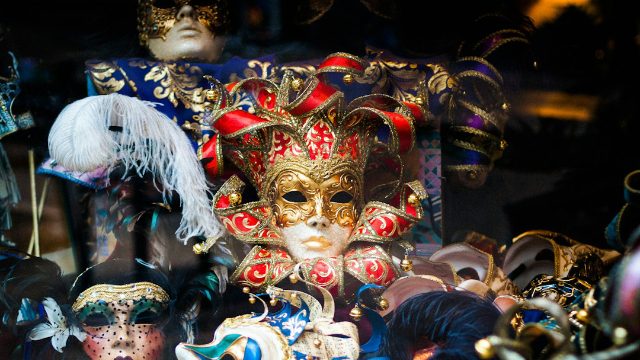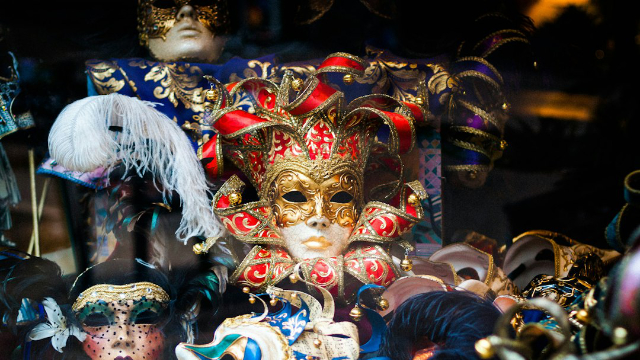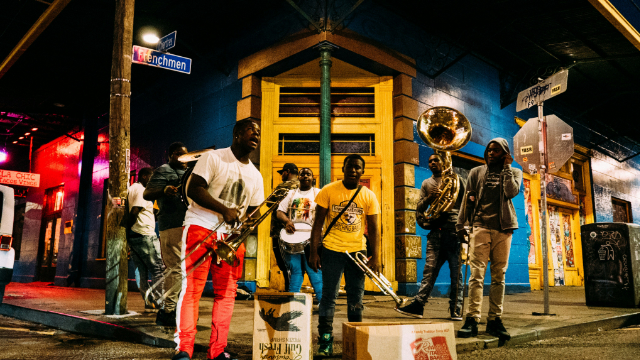Origins and Influence
The song “Mardi Gras Mambo” can be traced back to 1953, originally written by Frankie Adams and Lou Welsch as a country song with a syncopated Latino beat. However, the rendition of The Hawketts, a seven-piece New Orleans R&B group, truly popularized the song in 1954, infusing it with the unmistakable flavor of New Orleans music and culture. Incorporating local musical elements, such as the syncopated Latino beat, gave “Mardi Gras Mambo” its unique identity, setting it apart from other songs of its time and contributing to its lasting appeal.
Furthermore, the song’s distinctive rhythms and calypso beats, influenced by New Orleans music and culture, have played a crucial role in shaping its character and ensuring its enduring popularity. The spirited and infectious nature of the song resonates with the vibrant musical traditions of New Orleans, making it a quintessential representation of the city’s rich musical heritage. The fusion of various musical styles, coupled with the exuberant spirit of Mardi Gras, has solidified “Mardi Gras Mambo” as an iconic anthem for the joyous festivities, firmly embedding it in the cultural fabric of New Orleans and beyond.
Recording and Popularity
The recording and release of “Mardi Gras Mambo” by The Hawketts in 1954 marked a significant milestone in the song’s history. The song’s infectious rhythm and lively beats resonated with local audiences, propelling it to become a sensation within the New Orleans music scene. The success of the song on Chess Records not only catapulted The Hawketts to new heights of popularity but also opened doors for them to showcase their talent on a larger stage, including touring as the backing band for Larry Williams. Moreover, it played a pivotal role in launching the solo career of Art Neville, one of the members of The Hawketts, who went on to make indelible contributions to the music industry.
As the years passed, “Mardi Gras Mambo” continued to hold a special place in the hearts of music enthusiasts and revelers, firmly establishing itself as a timeless classic associated with the exuberant celebrations of Mardi Gras. Its enduring popularity ensured that the song remained an integral part of New Orleans’ vibrant Mardi Gras festivities, where it has been embraced as a symbol of the city’s rich musical heritage and the jubilant spirit of the carnival season. The song’s infectious energy and festive vibe have cemented its status as an iconic anthem of Mardi Gras, perpetuating its presence in the cultural fabric of the city and beyond, making it an indispensable component of the annual revelry.
Musical Characteristics
The remarkable musical characteristics of “Mardi Gras Mambo” are deeply rooted in the rich and diverse musical heritage of New Orleans. The song’s distinct rhythms and calypso beats are a testament to the city’s vibrant musical culture, blending elements of jazz, R&B, and Latin music to create a truly unique sound that captures the essence of Mardi Gras festivities.
For instance, the syncopated Latino beat, which was originally incorporated into the song when it was written as a country tune in 1953, evolved into the infectious rhythm that defines “Mardi Gras Mambo.” This rhythmic complexity, combined with the lively brass instrumentation and spirited vocal delivery, embodies the energy and dynamism of the Mardi Gras celebration, making it an irresistible anthem for revelers and parade-goers alike.
Furthermore, the song’s infectious beats and vibrant melodies have not only captivated local audiences but have also garnered international recognition, solidifying its status as a quintessential Mardi Gras tune. Its enduring appeal lies in its ability to transport listeners to the heart of the New Orleans carnival, where the air is filled with the infectious rhythms of “Mardi Gras Mambo,” creating an atmosphere of unbridled joy and festive revelry. The song has become a symbol of the city’s musical prowess and has played a significant role in shaping the sound of Mardi Gras celebrations for generations, cementing its place in the cultural tapestry of New Orleans.
Cultural Impact and Usage
The song “Mardi Gras Mambo” has become integral to the cultural tapestry of Mardi Gras celebrations in New Orleans and beyond. Its lively and infectious rhythms have been seamlessly woven into the fabric of the festivities, elevating the overall experience for revelers. Whether it’s played during the iconic parades or at the vibrant masquerade balls, the song has the remarkable ability to bring people together, inspiring them to dance, sing, and immerse themselves in the joyful revelry of Mardi Gras.
Furthermore, the historical and cultural significance of “Mardi Gras Mambo” cannot be overstated. As the music fills the streets of New Orleans, it serves as a powerful link to the rich traditions and heritage of the city. The song’s enduring presence in the annual celebration is a testament to its timeless appeal and its ability to create an unmistakable sense of camaraderie and excitement among locals and visitors alike. In essence, “Mardi Gras Mambo” has transcended being just a song; it has become an emblem of the unbridled joy and vibrant energy that define the Mardi Gras experience, solidifying its place in the hearts of all who partake in the revelry.
Covers and Adaptations
In addition to the original recording by The Hawketts, “Mardi Gras Mambo” has been reimagined and covered by a multitude of artists, solidifying its status as a timeless classic in the realm of Mardi Gras music. One notable example is the cover by The Meters, a funk band from New Orleans known for infusing their rendition with their signature groovy and soulful sound. Their interpretation of “Mardi Gras Mambo” brought a fresh perspective to the song, appealing to a broader audience and contributing to its enduring popularity.
Another influential cover of “Mardi Gras Mambo” is by Buckwheat Zydeco, an acclaimed accordionist and zydeco musician. With his energetic and infectious performance style, Buckwheat Zydeco breathed new life into the song, infusing it with the vibrant spirit of Louisiana’s Creole and Cajun musical traditions. His rendition added a distinct flavor to “Mardi Gras Mambo,” further enriching the song’s cultural significance and expanding its reach to fans of zydeco and beyond.
These diverse and captivating covers of “Mardi Gras Mambo” by The Meters and Buckwheat Zydeco not only pay homage to the song’s original charm but also demonstrate its versatility and universal appeal. The ability of different artists to reinterpret and embrace the song in their own unique styles has played a pivotal role in ensuring its enduring relevance and widespread recognition across diverse musical landscapes, firmly establishing “Mardi Gras Mambo” as a beloved anthem of the Mardi Gras festivities.



